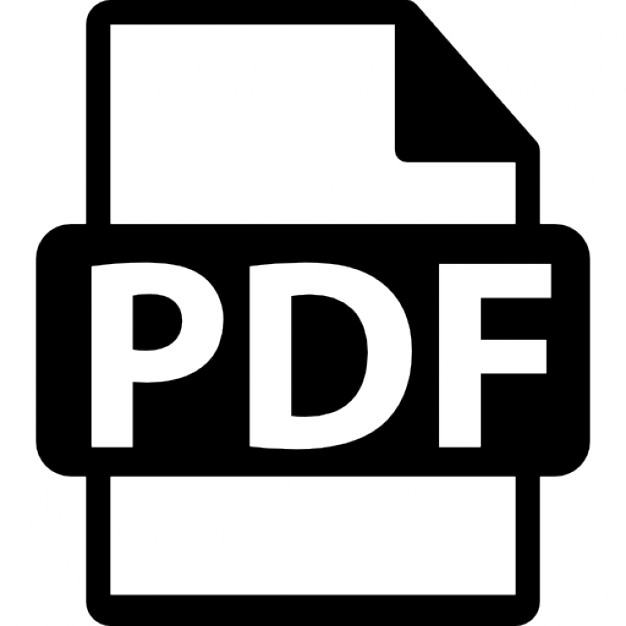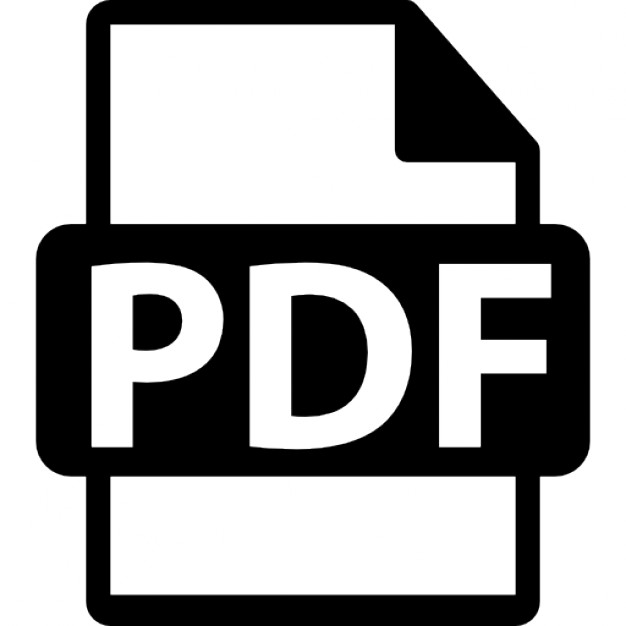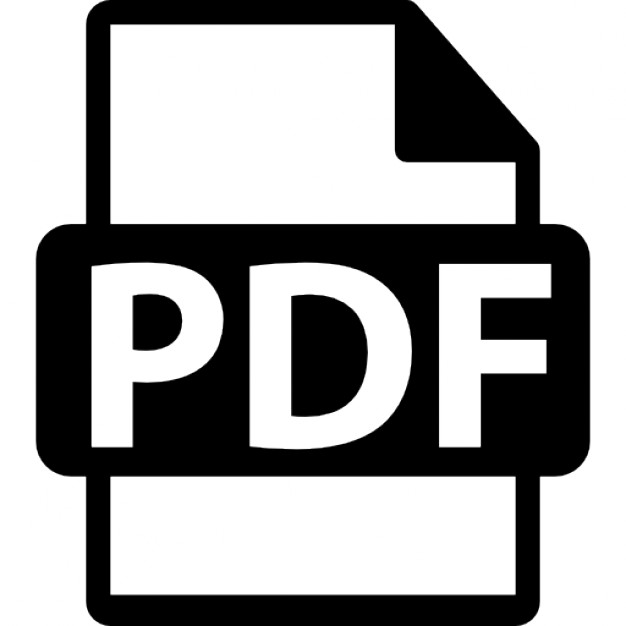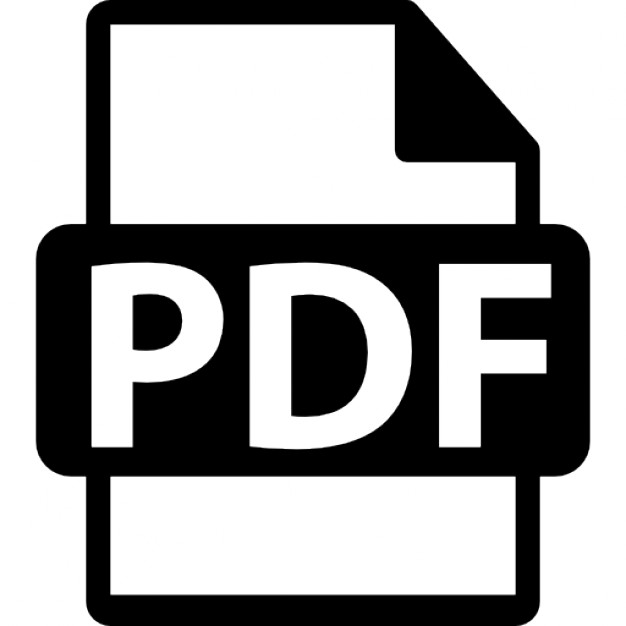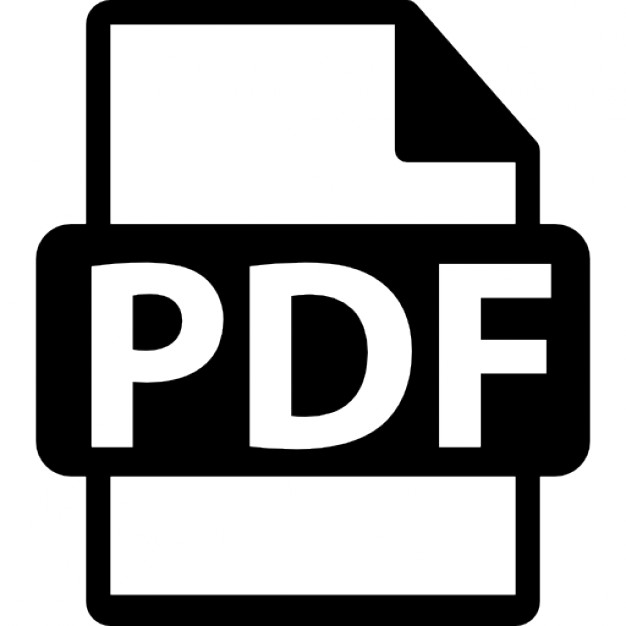- Email: [email protected]
The reader comments
the reader comments
t h e j o u r n a l devotes this section to comments by readers on topics of current interest to den tistry. The editor reserves the right to edit all communications to fit available space and re quires that all letters be signed. At the request of the author, signatures will be deleted before publication. Printed communications do not necessarily reflect the opinion or official policy of the Association. Your participation in this section is invited. T h e Editor.
SH O R TAG E OF D E N T IS T S
I re ad A lbert W . M o rris’ a rticle titled “ M e e t ing the m anpow er p roblem ” in the D ecem b er 1960 issue of t h e j o u r n a l o f t h e a m e r i c a n D E N T A L A S S O C IA T IO N .
I t w ould seem th a t if there were a sh o rtag e of dentists in a p a rtic u la r state, th a t state should perm it qualified dentists w ith licenses in o th er states to o b tain a license by p re sen tin g th eir state license a n d p aying th e a p p ro p ria te fee. Since this has n o t been done by a n y state, how can we assum e th a t th ere is a sh o rta g e of dentists? T h e problem , so fa r, seems to be o n e of distribution of dentists r a th e r th a n a sh o rtag e. O n e of the ways to overcom e this is b y re ci procity am ongst th e m ajo rity of th e sta te s. W e should do everything possible to assure a b e tte r distribution of dentists ra th e r th a n b u ild m o re schools to create m ore dentists w ho w ill p r a c tice in areas w here th ere is lesser n e e d for them th a n in o th er areas. T h e A m erican D e n ta l A ssociation sh o u ld create tw o agencies, one to investigate the problem of reciprocity or to create a N a tio n a l Board E xam ination w hich will m ean som e th in g — an exam ination w hich, if passed, will p erm it the d entist to presen t his c ertific ate a n d obtain a license to practice in the m a jo rity of the states. T h e second agency w ould deal w ith lo ca li ties needing a d entist a n d presenting evidence th a t they can su p p o rt one. T h is in fo rm a tio n
can be m ade available in t h e j o u r n a l so th a t some of the new g rad u ates can locate in areas w here they are really needed. An increase in num bers alone w ill not solve the problem . Steps should be tak en to m ake the available dental m anpow er m ore efficiently distributed. As for re cru itin g capable young people for dentistry, w e m ust in all honesty tell them th a t they m ust take a n exam ination to p ra c tice in each state, th a t the exam ination often includes lab o rato ry procedures th a t the busy d entist doesn’t do him self in his p ractice, th a t as m any as 40 p e r cen t fail in some states yet the sam e people pass alm ost sim ilar exam ina tions in o th er states, a n d th a t being an o u t sta n d in g a u th o rity in some phase of dentistry doesn’t entitle th e d entist to p ra ctic e across the river in a n o th e r state. W ith this inform a tion available, it readily can be seen w hy cap able people w ould ra th e r go into o th er fields th a n com bat the nonsense presented by archaic dental laws. I am certain th a t if the m em bers of the A m erican D e n ta l A ssociation w ere polled re ga rding reciprocity, the vote w ould be over w helm ingly in favor of it. I ’m equally certain th a t if th e p u b lic w ere asked to vote, they w ould also favor reciprocity am ong the m ajo r ity of th e states. W h at are we w aiting for?
Anthony E. Bedrick, D.D.S. 1 Nevins St. Brooklyn 17, N.Y.
P R E M E D IC A T IN G D R U G S
B eing interested in d e n ta l th erapeutics, I hastened to re ad th e article on d en tal th era peutics by S. C. H a rris in th e M ay, 1961 issue of T H E J O U R N A L . I have h a d considerable experience in the use of p rem ed icatin g drugs in the d e n ta l office and in a hospital d e n ta l clinic w here all types of c hildren are seen for trea tm e n t. Included am ong these ch ild ren is a c ertain percentage of h a n d ic ap p e d patients. T h e use of p re m e d ic a tin g drugs is thought of as ro u tin e w hen m an ag em en t problem s are likely. I am very concerned w hen an a uthor in the d e n ta l lite ra tu re w ho is n o t a dentist him self can in d ic t m em bers of th e d e n ta l p ro fession for n o t having the skill to establish ra p p o rt w ith p a tie n ts w ith o u t the aid of these drugs. T o fu rth e r suggest th a t these m en m ight take p re m e d ic a tin g drugs them selves is surely stepping o u t of bounds, if the a u th o r has n o t been a t th e side of a p a tie n t who is sitting in the d e n ta l o peratory w ith dental tre a tm e n t a bout to begin.
t h e j o u r n a l devotes this section to comments by readers on topics of current interest to den tistry. The editor reserves the right to edit all communications to fit available space and re quires that all letters be signed. At the request of the author, signatures will be deleted before publication. Printed communications do not necessarily reflect the opinion or official policy of the Association. Your participation in this section is invited. T h e Editor.
SH O R TAG E OF D E N T IS T S
I re ad A lbert W . M o rris’ a rticle titled “ M e e t ing the m anpow er p roblem ” in the D ecem b er 1960 issue of t h e j o u r n a l o f t h e a m e r i c a n D E N T A L A S S O C IA T IO N .
I t w ould seem th a t if there were a sh o rtag e of dentists in a p a rtic u la r state, th a t state should perm it qualified dentists w ith licenses in o th er states to o b tain a license by p re sen tin g th eir state license a n d p aying th e a p p ro p ria te fee. Since this has n o t been done by a n y state, how can we assum e th a t th ere is a sh o rta g e of dentists? T h e problem , so fa r, seems to be o n e of distribution of dentists r a th e r th a n a sh o rtag e. O n e of the ways to overcom e this is b y re ci procity am ongst th e m ajo rity of th e sta te s. W e should do everything possible to assure a b e tte r distribution of dentists ra th e r th a n b u ild m o re schools to create m ore dentists w ho w ill p r a c tice in areas w here th ere is lesser n e e d for them th a n in o th er areas. T h e A m erican D e n ta l A ssociation sh o u ld create tw o agencies, one to investigate the problem of reciprocity or to create a N a tio n a l Board E xam ination w hich will m ean som e th in g — an exam ination w hich, if passed, will p erm it the d entist to presen t his c ertific ate a n d obtain a license to practice in the m a jo rity of the states. T h e second agency w ould deal w ith lo ca li ties needing a d entist a n d presenting evidence th a t they can su p p o rt one. T h is in fo rm a tio n
can be m ade available in t h e j o u r n a l so th a t some of the new g rad u ates can locate in areas w here they are really needed. An increase in num bers alone w ill not solve the problem . Steps should be tak en to m ake the available dental m anpow er m ore efficiently distributed. As for re cru itin g capable young people for dentistry, w e m ust in all honesty tell them th a t they m ust take a n exam ination to p ra c tice in each state, th a t the exam ination often includes lab o rato ry procedures th a t the busy d entist doesn’t do him self in his p ractice, th a t as m any as 40 p e r cen t fail in some states yet the sam e people pass alm ost sim ilar exam ina tions in o th er states, a n d th a t being an o u t sta n d in g a u th o rity in some phase of dentistry doesn’t entitle th e d entist to p ra ctic e across the river in a n o th e r state. W ith this inform a tion available, it readily can be seen w hy cap able people w ould ra th e r go into o th er fields th a n com bat the nonsense presented by archaic dental laws. I am certain th a t if the m em bers of the A m erican D e n ta l A ssociation w ere polled re ga rding reciprocity, the vote w ould be over w helm ingly in favor of it. I ’m equally certain th a t if th e p u b lic w ere asked to vote, they w ould also favor reciprocity am ong the m ajo r ity of th e states. W h at are we w aiting for?
Anthony E. Bedrick, D.D.S. 1 Nevins St. Brooklyn 17, N.Y.
P R E M E D IC A T IN G D R U G S
B eing interested in d e n ta l th erapeutics, I hastened to re ad th e article on d en tal th era peutics by S. C. H a rris in th e M ay, 1961 issue of T H E J O U R N A L . I have h a d considerable experience in the use of p rem ed icatin g drugs in the d e n ta l office and in a hospital d e n ta l clinic w here all types of c hildren are seen for trea tm e n t. Included am ong these ch ild ren is a c ertain percentage of h a n d ic ap p e d patients. T h e use of p re m e d ic a tin g drugs is thought of as ro u tin e w hen m an ag em en t problem s are likely. I am very concerned w hen an a uthor in the d e n ta l lite ra tu re w ho is n o t a dentist him self can in d ic t m em bers of th e d e n ta l p ro fession for n o t having the skill to establish ra p p o rt w ith p a tie n ts w ith o u t the aid of these drugs. T o fu rth e r suggest th a t these m en m ight take p re m e d ic a tin g drugs them selves is surely stepping o u t of bounds, if the a u th o r has n o t been a t th e side of a p a tie n t who is sitting in the d e n ta l o peratory w ith dental tre a tm e n t a bout to begin.





